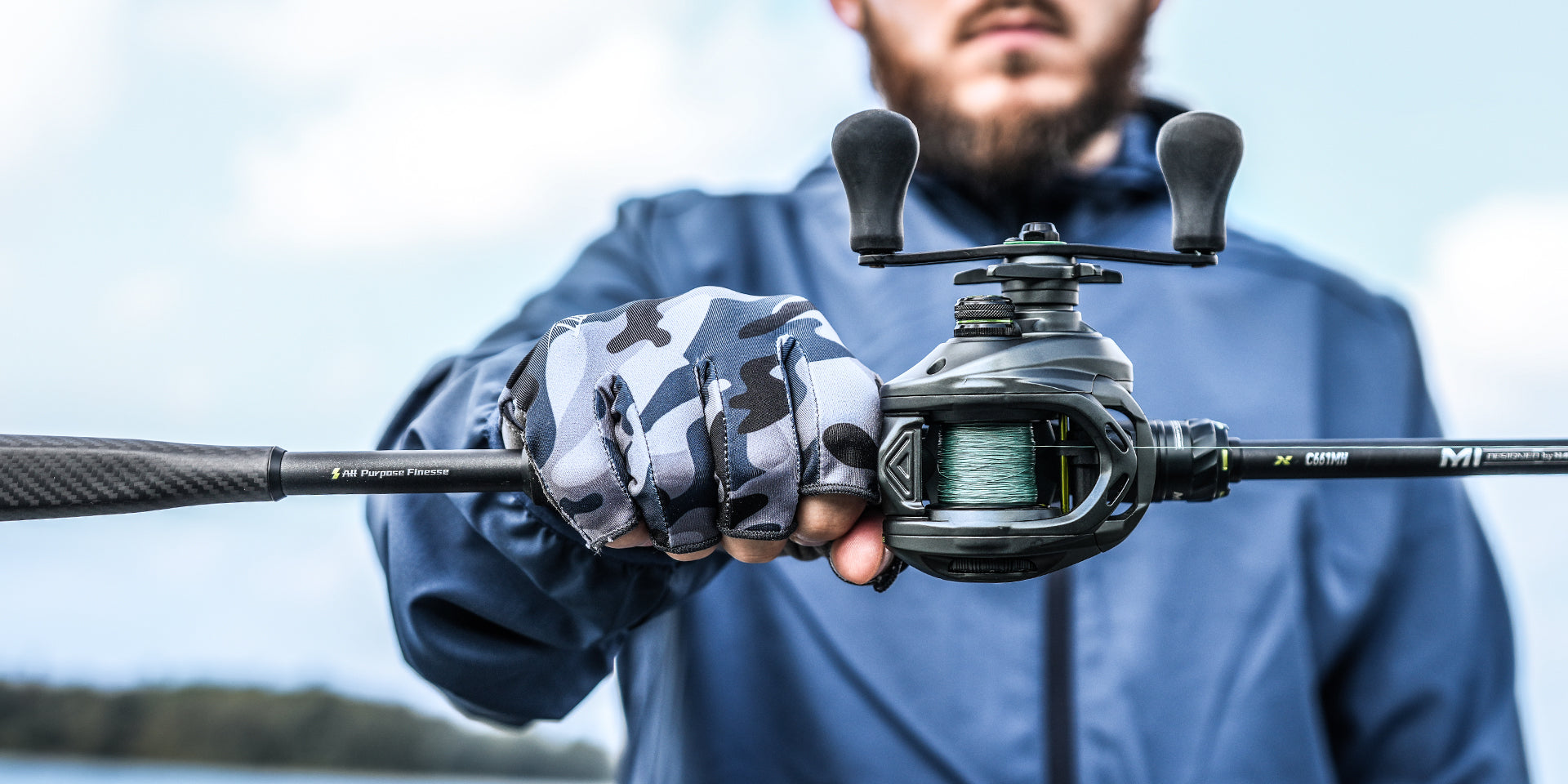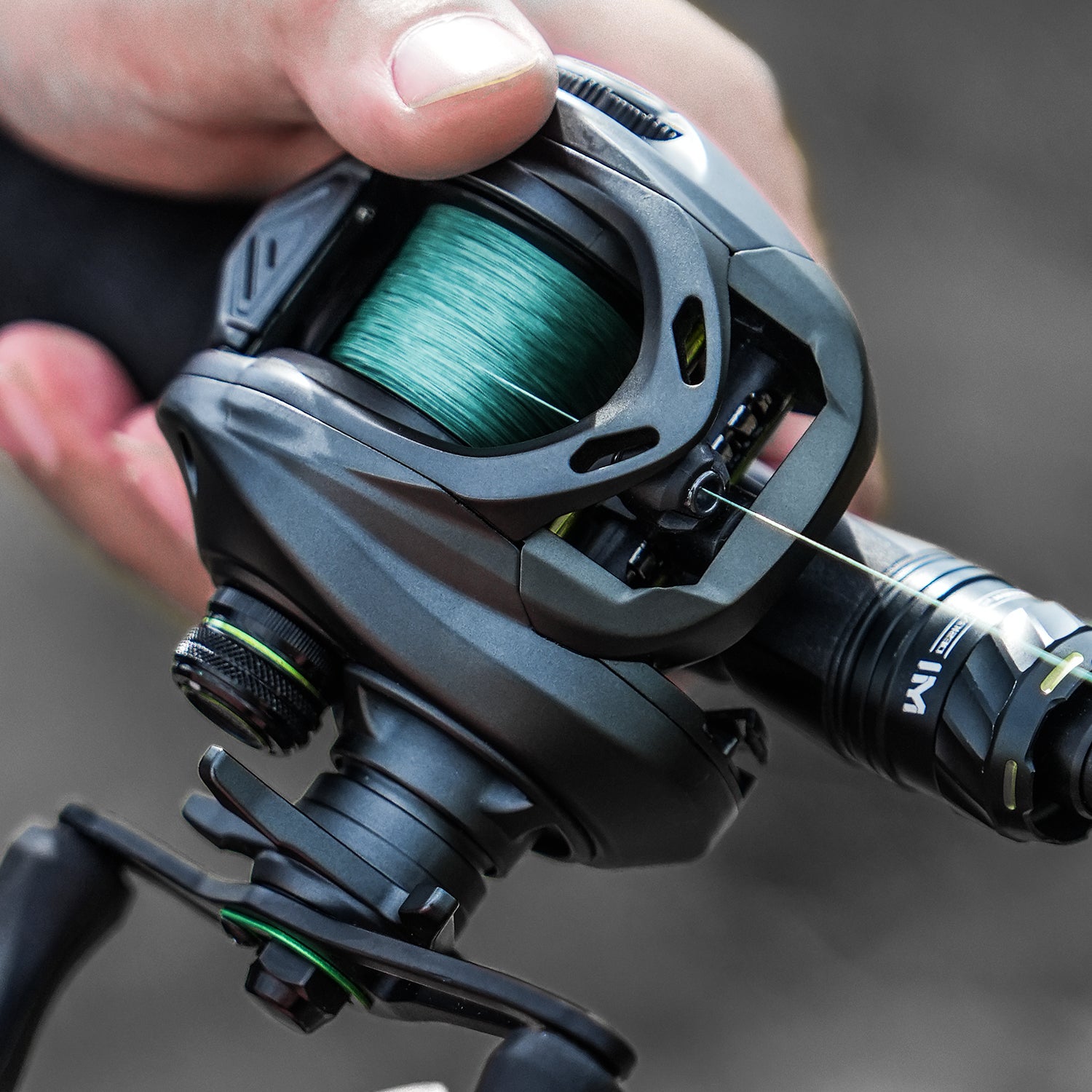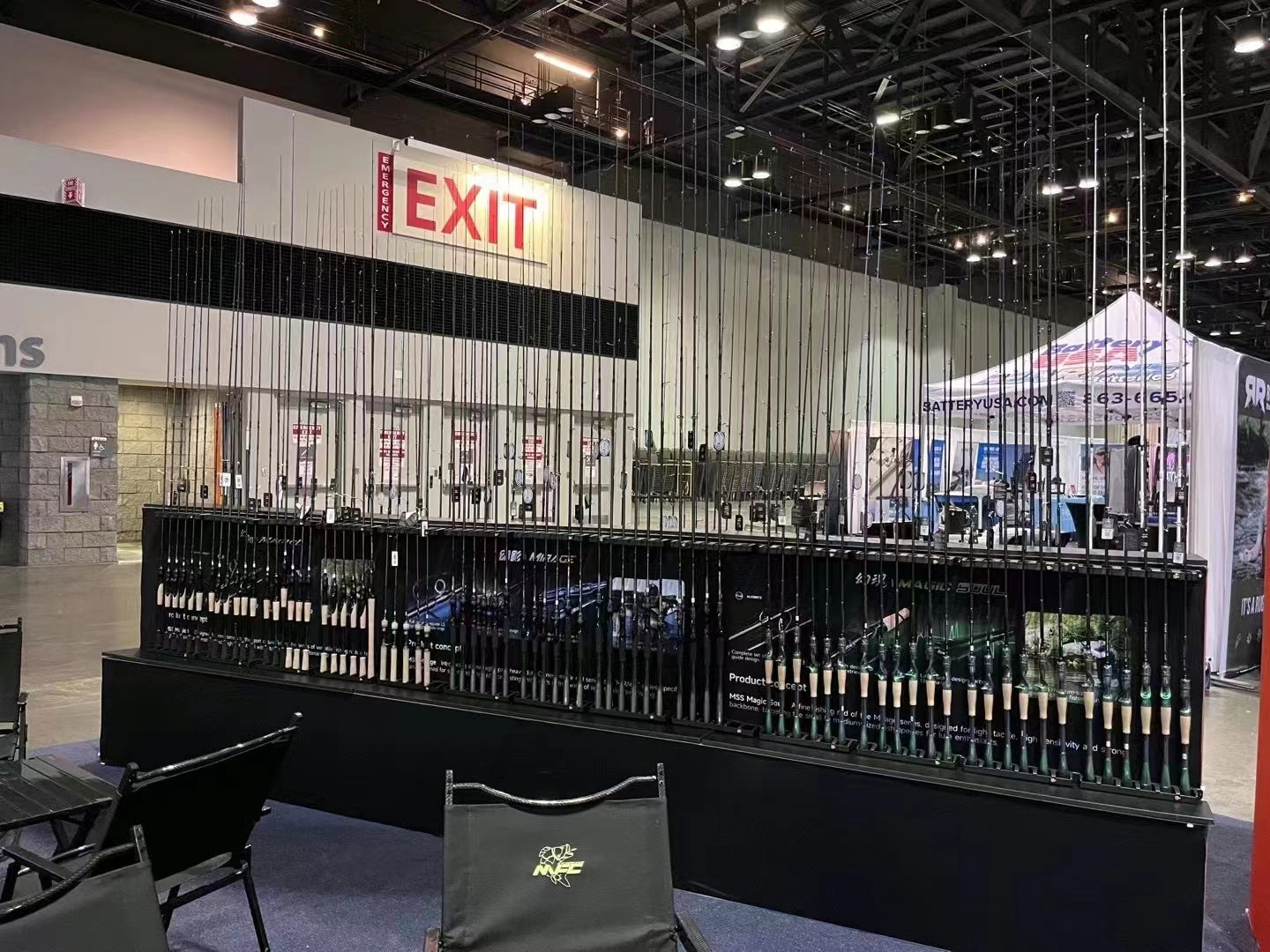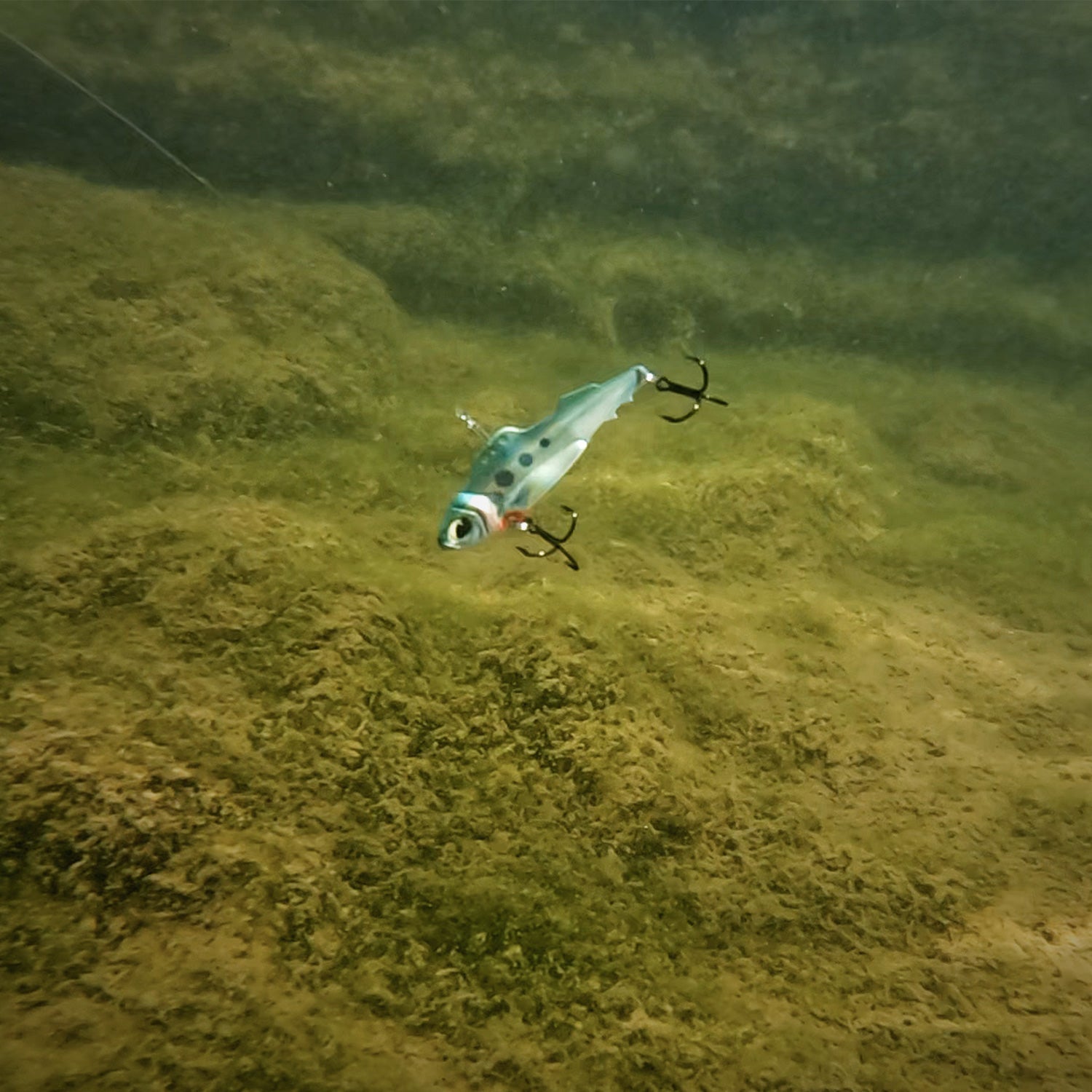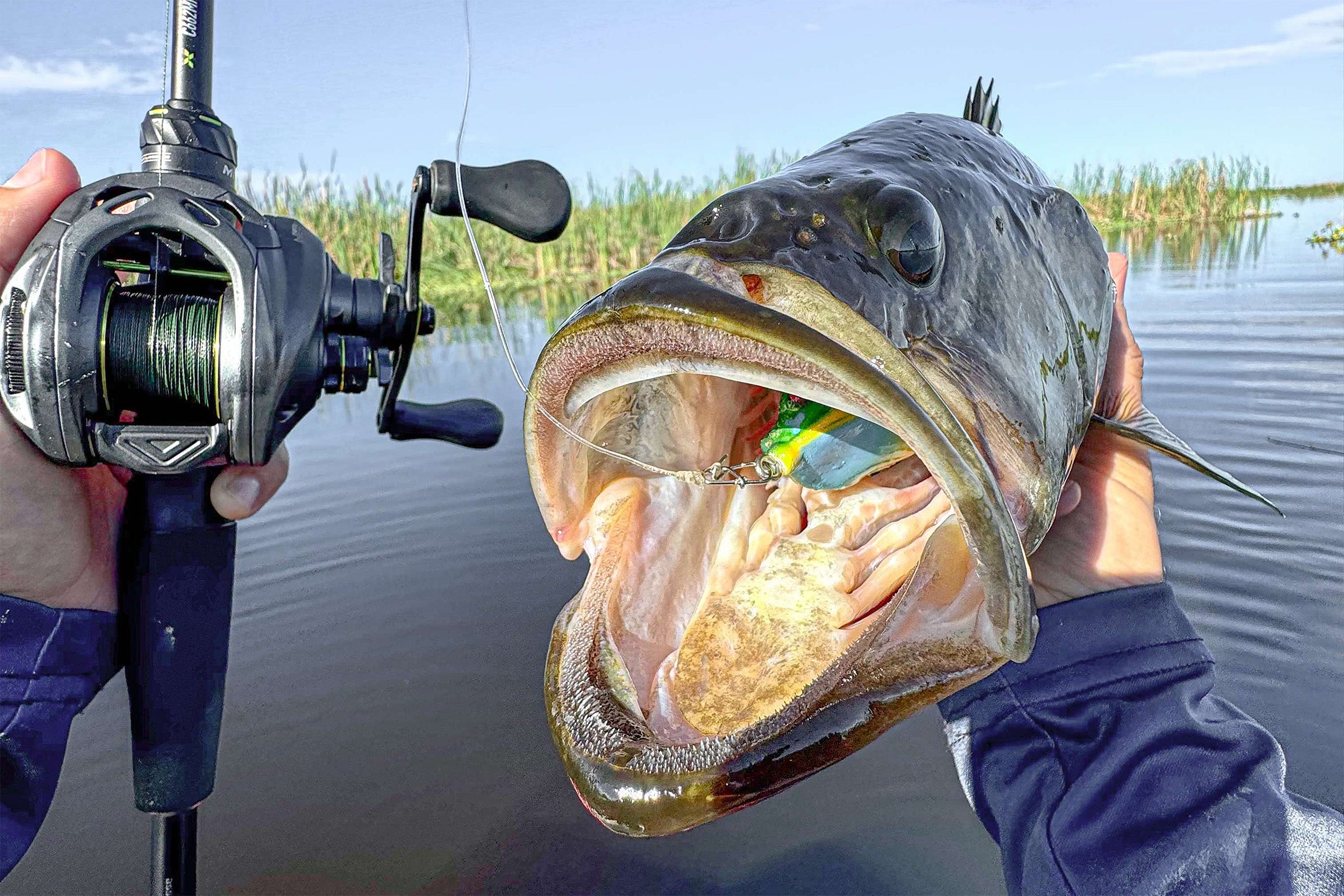Every angler will be faced with the same question: do I use a lure or a live bait? This choice is a lot more than a habit; it dictates your whole plan and your time on the water. Both methods have their own style and benefits, with several good and bad things about them that will impact your fishing trip.
Bait vs Lures at a Glance
To cut to the chase, here’s how live bait and artificial lures stack up against each other. The core difference often lies in trading the raw effectiveness of nature for the control and versatility of a man-made tool.
| Feature | Live Bait | Artificial Lures |
| Effectiveness | Extremely effective; natural scent and movement trigger strikes from even wary fish. | Success hinges on the angler's skill and picking the right lure for the job. |
| Skill Level | More forgiving for beginners, as the bait's natural action does the heavy lifting. | Steeper learning curve; requires practice with different retrieves and techniques. |
| Convenience | Requires trips to the bait shop and gear to keep it alive; can be messy. | Always ready to go in the tackle box; reusable, clean, and easy to handle. |
| Cost | Low initial cost per trip, but the expense of buying bait adds up over time. | Higher up-front investment for a good collection, but cheaper in the long run. |
| Versatility | Limited to the natural behavior of whatever bait you're using. | Immensely versatile, with countless options for targeting specific depths and species. |
| Species Selectivity | Tends to attract anything that's hungry, including smaller, non-target fish. | Allows an angler to zero in on specific species based on the lure's design. |
| Conservation | Higher chance of fish swallowing the hook, which can be fatal. Risk of introducing invasive species. | Easier to practice catch-and-release with fewer deep-hooked fish. Ecologically safer. |
The Timeless Appeal of Live Bait
There’s a reason anglers have used live bait for generations: it works. You’re offering a fish exactly what it’s already looking for.
Nature's Advantage
The scent trail from a struggling minnow or the subtle wiggle of a worm on the bottom sends signals that even the best lures struggle to replicate. This authenticity is a massive advantage when targeting fish that have seen every lure in the book or are just not in an aggressive mood. For someone new to fishing, live bait is a fantastic starting point. The bait itself provides the action, letting the beginner focus on the fundamentals of casting and feeling for a bite. It’s a straightforward and often successful method that builds confidence.
The Practical Downside
But using live bait isn’t always a walk in the park. Keeping your bait fresh and lively requires some work, usually involving an aerated bucket and careful handling. It can be a messy, smelly affair. Depending on the season and local rules, getting your hands on the right kind of bait can also be a challenge. Beyond the logistics, some anglers just prefer not to deal with hooking live creatures. And while you’ll often get more bites, you may spend a lot of time unhooking small fish you weren’t aiming for in the first place.
The Art of the Imitation
Fishing with artificial lures is a different game entirely. It's about tricking a fish with a piece of plastic, metal, or wood, blending presentation with a little bit of deception.
Convenience and Control
One of the biggest draws of lures is how simple they are to manage. Your tackle box is always stocked and ready, saving you from last-minute runs to the bait shop. In the long run, a collection of reusable lures is often friendlier on the wallet. This approach is also cleaner, with no slime or dirt to worry about. For anglers who practice catch-and-release, lures are the clear conservation-minded choice. Fish are typically hooked in the lip, making for a quick and safe release. It also eliminates the ecological risk of accidentally introducing non-native bait into a waterway.
A Rewarding Challenge
The main hurdle with lures is the learning curve. It takes time on the water to figure out which lure to throw and how to work it effectively to trigger a strike. For newcomers, the sheer number of options can feel overwhelming. Yet, this challenge is precisely what many anglers love. There is a deep satisfaction that comes from fooling a fish with your own skill. It’s an active, engaging style of fishing that keeps you casting, moving, and constantly refining your technique.
When to Choose Bait or Lures
So, how do you decide what to use on your next trip? It really boils down to the situation and what you're hoping to get out of your day on the water. This guide can help you make the call.
| If This Is Your Situation... | Your Best Bet Is... | The Reason Is... |
| You're just starting out | Live Bait | The natural action is forgiving and helps you get bites, which builds confidence fast. |
| You practice catch-and-release | Artificial Lures | You'll avoid deep-hooking fish, ensuring a much higher survival rate after release. |
| The bite is tough and slow | Live Bait | The scent and subtle, natural movement can coax a strike when nothing else will. |
| You need to search for fish | Artificial Lures | Lures are perfect for covering a lot of water quickly to find where the active fish are holding. |
| You're after one specific species | Artificial Lures | You can select a lure that perfectly imitates the size, shape, and color of their favorite food. |
| You're on a tight budget for today | Live Bait | A tub of worms or a dozen minnows is often cheaper than a single high-quality lure. |
Time to Hit the Water
At the end of the day, the 'bait versus lures' argument doesn't have a single winner. The best anglers know how to use both and are flexible enough to switch when one isn't working. Having a lively minnow at the ready for a tough bite and a trusted topwater lure for aggressive fish just makes you a more complete fisherman. It’s about having the right tool for the job and enjoying your time on the water.


